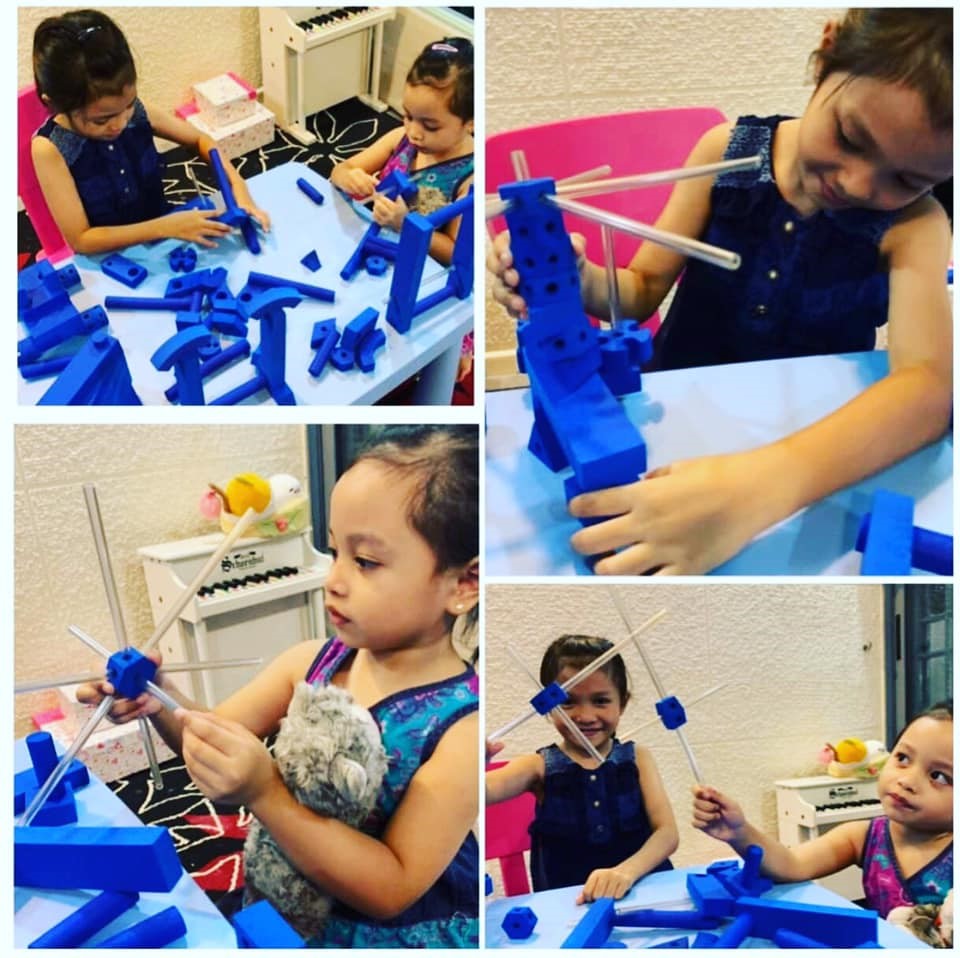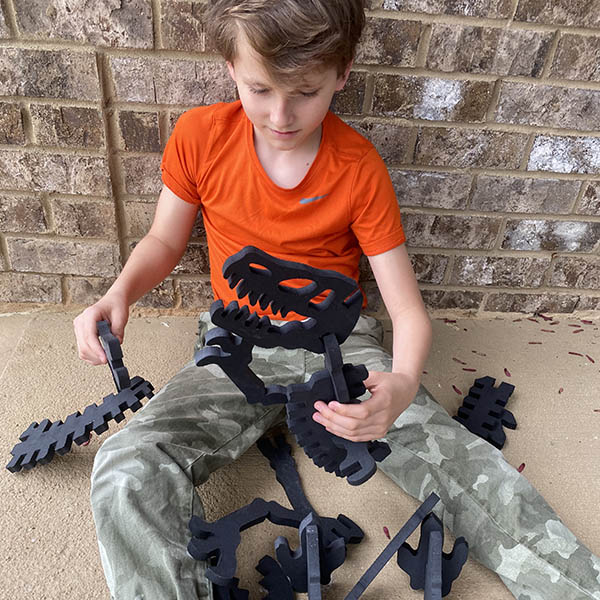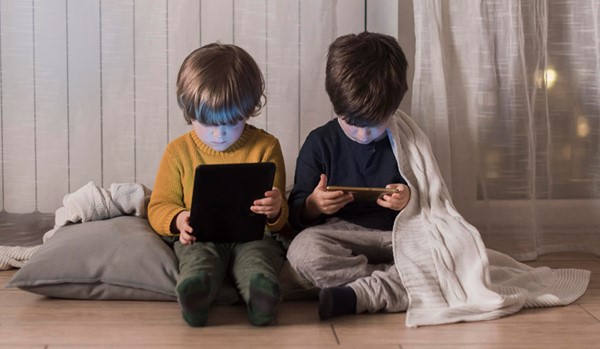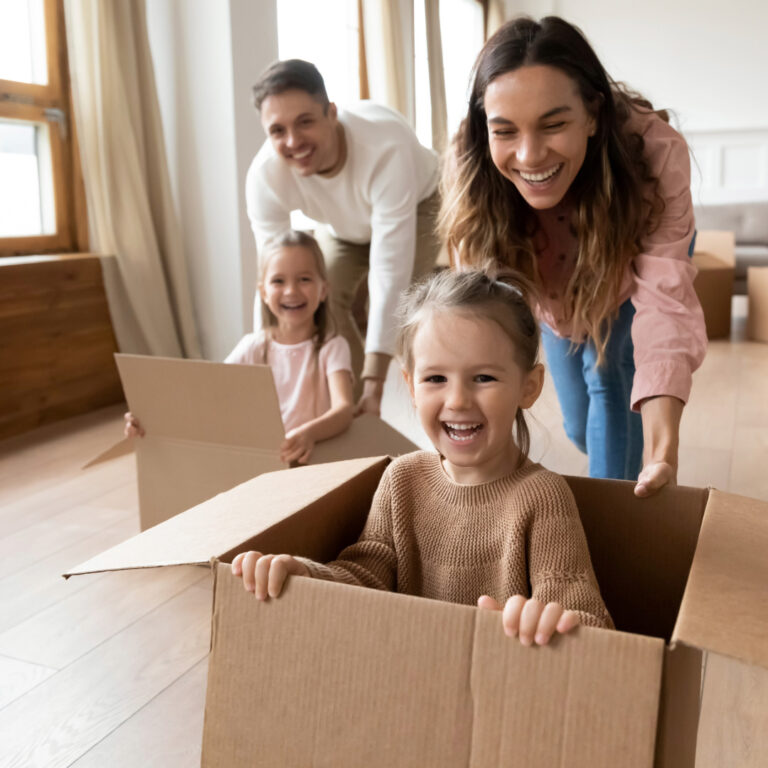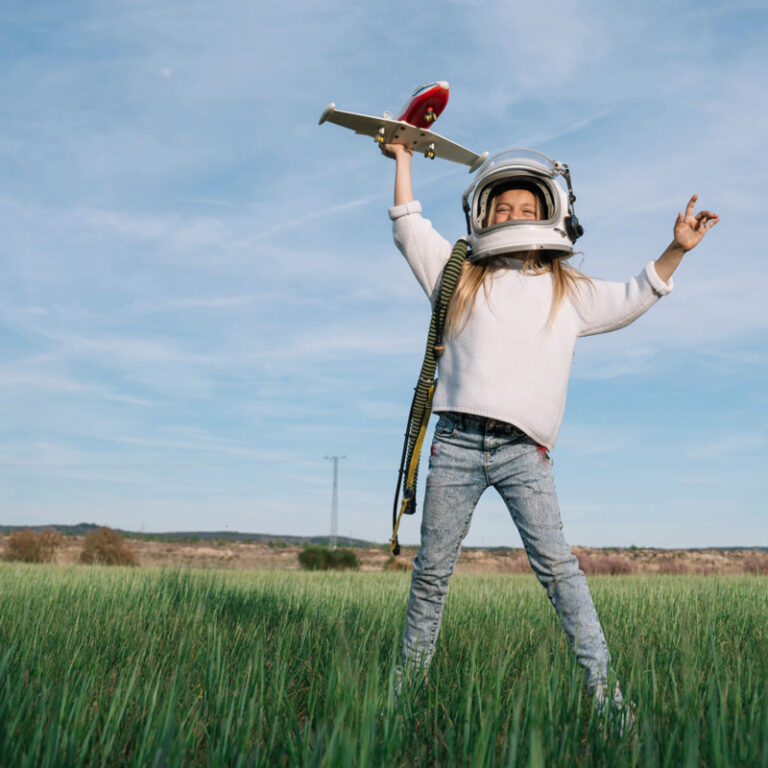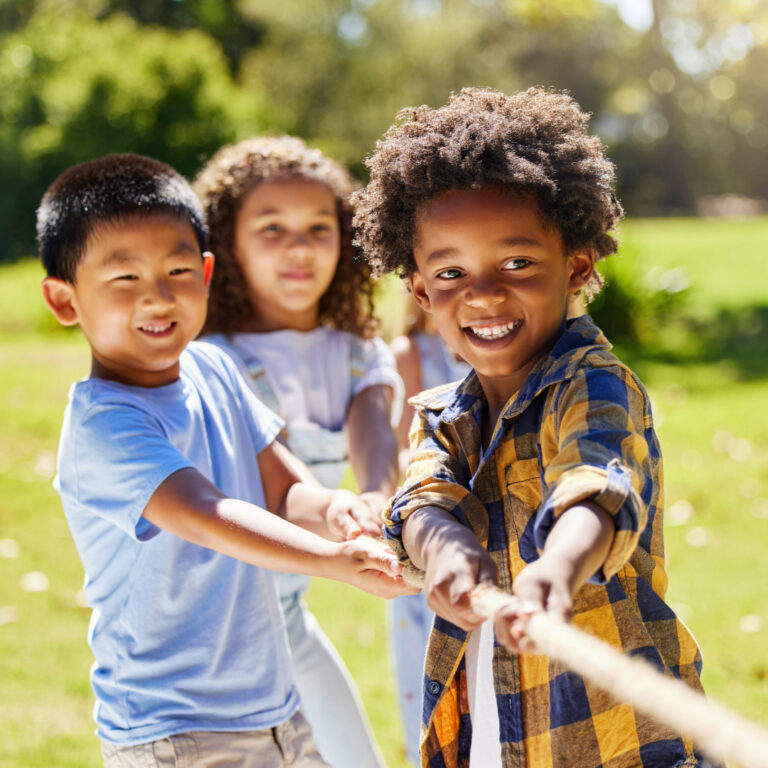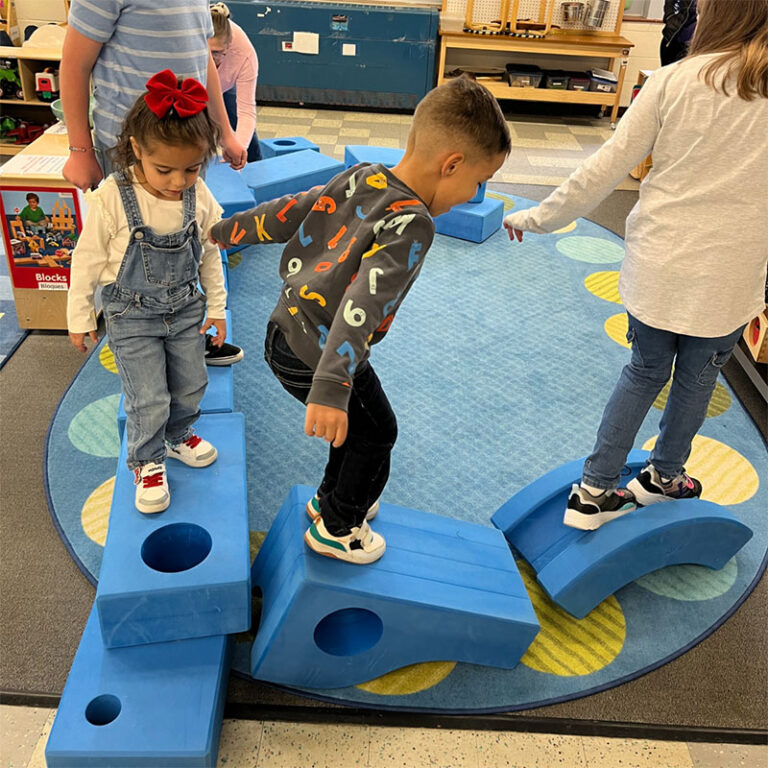By Andie Stallman
Throughout their childhood, kids are tasked with learning about the world: how it works and what they can do within it. A safe place for them to do this is during free play time. According to developmental theory, cognitive abilities come out of individual experiences with play. It gives them the space to develop problem solving skills and creative thinking (Aksoy & Belgin, 2022; Ness & Farenga, 2016).
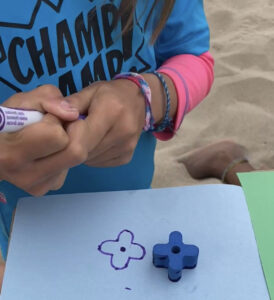
Block play specifically can improve a child’s creative mind through exploration and curiosity as it requires children to think of original ideas and find ways to create them with the materials they have (Ness & Farenga, 2016). In fact, block play is proven to increase a child’s attention to detail, originality, and acceptance of differences (Aksoy & Belgin, 2022). Free play allows children to challenge the laws of physics, explore nonconventional uses of their play materials, focus on design aesthetics, and play with construction skills through which they learn principles of physics and how the blocks fit together (Ness & Farenga, 2016).
During free play time, children are actively engaging with their environments and learning about the world in a safe and comfortable place. They can flex their creative mind to think of new uses for the blocks or imagine their structure is a castle or spaceship. Utilizing the open-ended nature of free play and blocks extend the creative potential of each play session (Aksoy & Belgin, 2022). Giving objects new meaning, also called symbolic play, as well as imagining unique uses for them are directly correlated with creativity. Therefore, block play which requires both is crucial for providing the most comprehensive opportunities for development of creativity (Aksoy & Belgin, 2022).
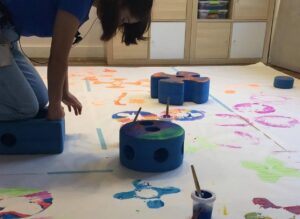
Through trial and error, children learn about the ways that blocks work and begin to pay closer attention to their properties. This attention to detail is crucial for success and is a useful skill to have throughout life (Aksoy & Belgin, 2022). Variety in play materials will give children the opportunity to explore properties of different toys. This widens their knowledge and increases their creative skills across play. It is helpful, therefore, to ensure children are given different types of blocks and encouraged to use them across settings. From wood, to plastic, to foam and from school to home, variety is a great tool.
References
Aksoy, M. & Belgin Aksoy, A. An investigation on the effects of block play on the creativity of children. Early Child Dev. Care 1–20 (2022) doi:10.1080/03004430.2022.2071266.
Ness, D. & Farenga, S. J. Blocks, Bricks, and Planks: Relationships between Affordance and Visuo-Spatial Constructive Play Objects. Am. J. Play 8, (2016).


